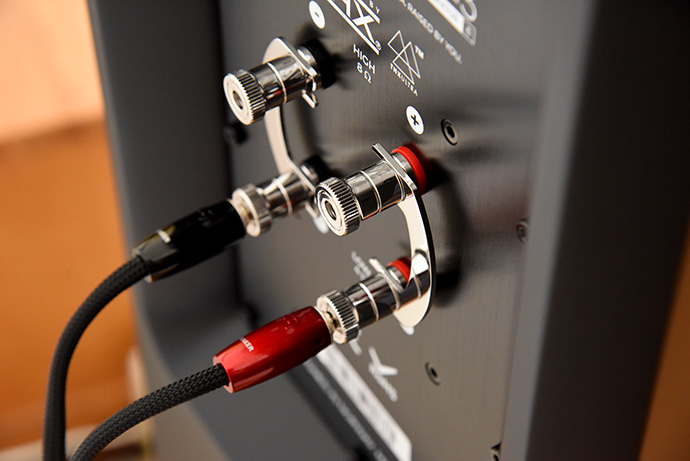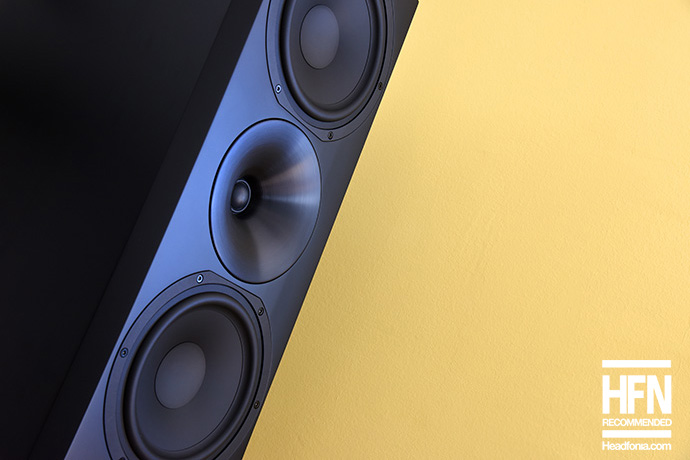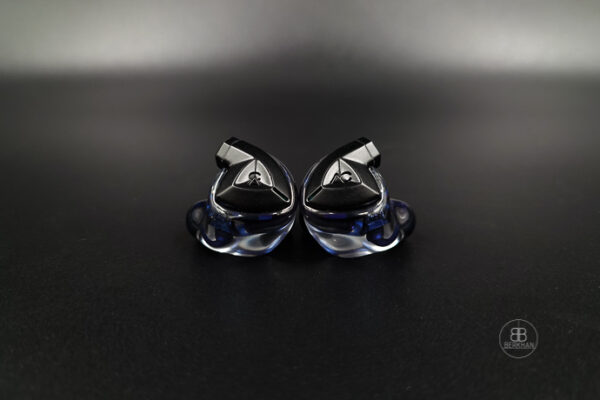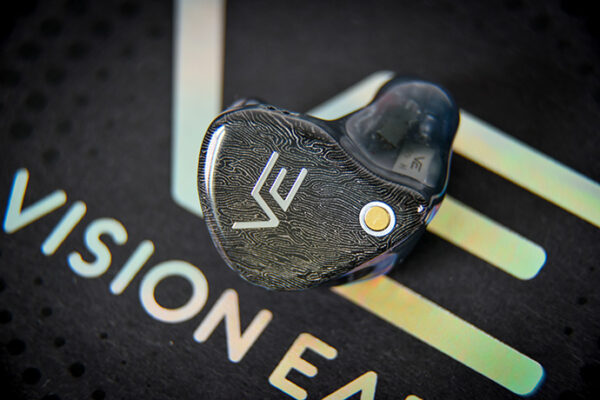If Google brought you here directly, jump to the start of this review!
One of the most impressive aspects of the 1723 Monitor THX is its bass performance. It reaches deep, with incredible precision and definition. Questioning the need for subwoofers in most scenarios. The bass is fast, tight and delivers impressive punch. They reach very deep into the sub-bass regions and do so with a lot of rumble and definition. There is excellent texture and resolution in each bass-note, which gives them superb precision. The Arendal delivers clean, precise and natural bass that has an excellent body and neutral weight.
On Snoop Dogg’s Vato the bass was tight and punchy, providing all the rumble and dynamic energy needed to anchor the track. The 1723 Monitor THX handled bass-heavy music exceptionally well, maintaining control and impact without ever becoming boomy or overwhelming.
On tracks like Madonna’s Hung Up the bass was agile, fast, and precise, keeping pace with the song’s rhythmic intensity while maintaining clarity. Similarly, Trentemøller’s Still on Fire showcased the 1723 Monitor’s dynamic bass capabilities, with deep, powerful low ends. Whether it’s electronic, rap, or rock, these speakers deliver consistently excellent bass performance.
The midrange is transparent and highly detailed. They excel at clarity and precision, just like in the bass. Lower midrange instruments and vocals come across with high precision, but lack some body and weight to deliver a dense experience. Mids are neutrally tuned but lean towards the upper midrange for enhanced vocal clarity.
This is where I found the biggest conflict personally. While the vocal clarity is exceptional, the tilt in upper mids can cause some discomfort and can become somewhat shouty, especially at cranked up volumes. This was the case in Snoop Dogg’s Vato, which is one of my favorite tracks of his. That midrange energy can also be heard in different guitar solos and energetic riffs.
Mid-body is also on the lighter side, where keys and vocals can sound thinner. The keys and vocals in Damon Albarn’s The Universal for example would benefit from a fuller and warmer sound in my opinion. Vocals generally are pushed more forward. Female vocals especially can sound convincing and beautiful. Billie Eilish or Madonna would be great examples here.

Heavier pieces like Marilyn Manson’s The beautiful People or Tainted Love both sound dense in the lows, but could do with a dose of more warmth and heft. Especially Tainted Love is a song that very often has me sing along from the deepest of my lungs. The Arendal, however, misses some emotional depth and richness in Marilyn Manson’s voice to fully grab me here.
The 1723 Monitor THX presents mids with utmost detail and precision, where every string pluck can be heard in closest possible view. They have highest resolution, deliver exceptional imaging and create a nicely big sound stage. The stage is mostly defined by the inner dimensions between the speakers, meaning that instruments will appear inside their space. Sound stage height and depth are both good, but it is especially the layering in depth that excels.
The Arendal speakers show excellent value when it comes to technical abilities. They deliver superb clarity, precision and dynamic range. While the layering and structure of the sound are generally good, as heard on Trentemøller’s Still on Fire where the separation and imaging are superb, the speakers create a more focused and intimate presentation. Similarly, on Damon Albarn’s The Universal the instrumental separation is excellent, but the audience feels placed between the speakers.
The treble on the 1723 Monitor is well-extended, fast, and clear without ever becoming piercing or overly sharp. Highs are energetic and neutral in tuning and body. On the Chemical Brothers’ The Sunshine Underground the hi-hats are precise, sharp and agile, adding sparkle to the mix without introducing any harshness. Similarly, the treble on Madonna’s Hung Up was precise and dynamic, contributing to the overall clarity of the track.
The violins on Kishi Bashi’s Manchester are rendered with excellent clarity, and the treble comes across neutral in richness, providing enough detail without becoming fatiguing.

Comparisons
The Arendal 1723 Monitor THX is in very good company in its price segment. We will compare them to two other bookshelf speakers with the KEF R3 Meta and the DALI Rubikore 2. Both are tiny in appearance compared to the 1723 Monitor’s size.
My chain has stayed the same for all setups (see above), only the speakers have been replaced.
KEF R3 Meta
The KEF R3 Meta and the Arendal Sound 1723 Monitor THX share slight similarities but differ in key areas in my opinion. In terms of pricing these two are not that far apart. The KEF can be yours for $2,200 USD while the 1723 Monitor THX will set you back 2,600$.
Arendal’s 1723 Monitor goes significantly deeper into the sub bass. It delivers more rumble, higher precision and an entirely tighter bass response. The R3 Meta sounds fuller and puts more volume into the mid and upper bass, coloring the music more. It doesn’t sound as tactile and energetic down low but makes up for it with sheer naturalism. To me, the KEF sounds more organic and lusher. It colors music in a darker tone, but at the same time gives it more flesh and blood.
The mids of both monitors excel in transparency, but the Arendal delivers a far cleaner and more polished sound than the KEF. The 1723 Monitor THX has higher resolution and better texturing. It portrays the musicians in a sharper manner, giving them better highlighting. The KEF, again, gives musicians more body and weight. It sounds smoother and less resolved. The R3 Meta paints a picture with higher saturated colors, where music is richer and softer.
In the upper midrange the KEF doesn’t produce the same clarity as the Arendal. The 1723 Monitor THX is more forward in that regard, producing a far more evident vocal clarity. KEF’s R3 Meta on the other hand sounds more evenhanded in the midrange. It is smoother and more relaxed in comparison.
In terms of technical abilities, the R3 Meta can’t hold a candle to the ultimate resolution of the Arendals. The Arendal is also ahead in imaging sharpness and dynamic range. The KEF, however, creates a more holographic appearance and a wider and taller sound stage. Instruments appear outside the KEFs as well. The 1723 Monitor THX has higher abilities in layering as well.
Treble of the two is noticeably different. The KEF being richer and crisper, while the Arendal extends further. Highs on the 1723 are brighter and sharper edged, but they also transport more air into the scene than the KEF’s.
The review continues on page three!









